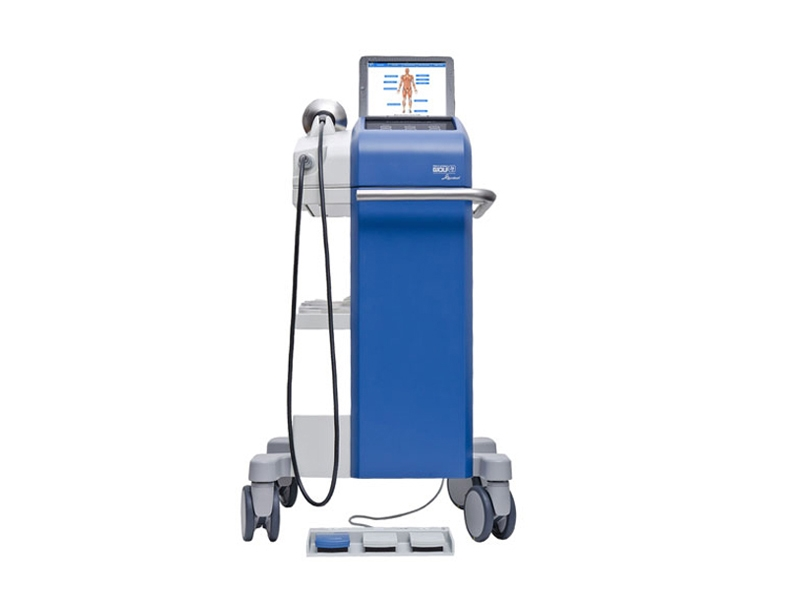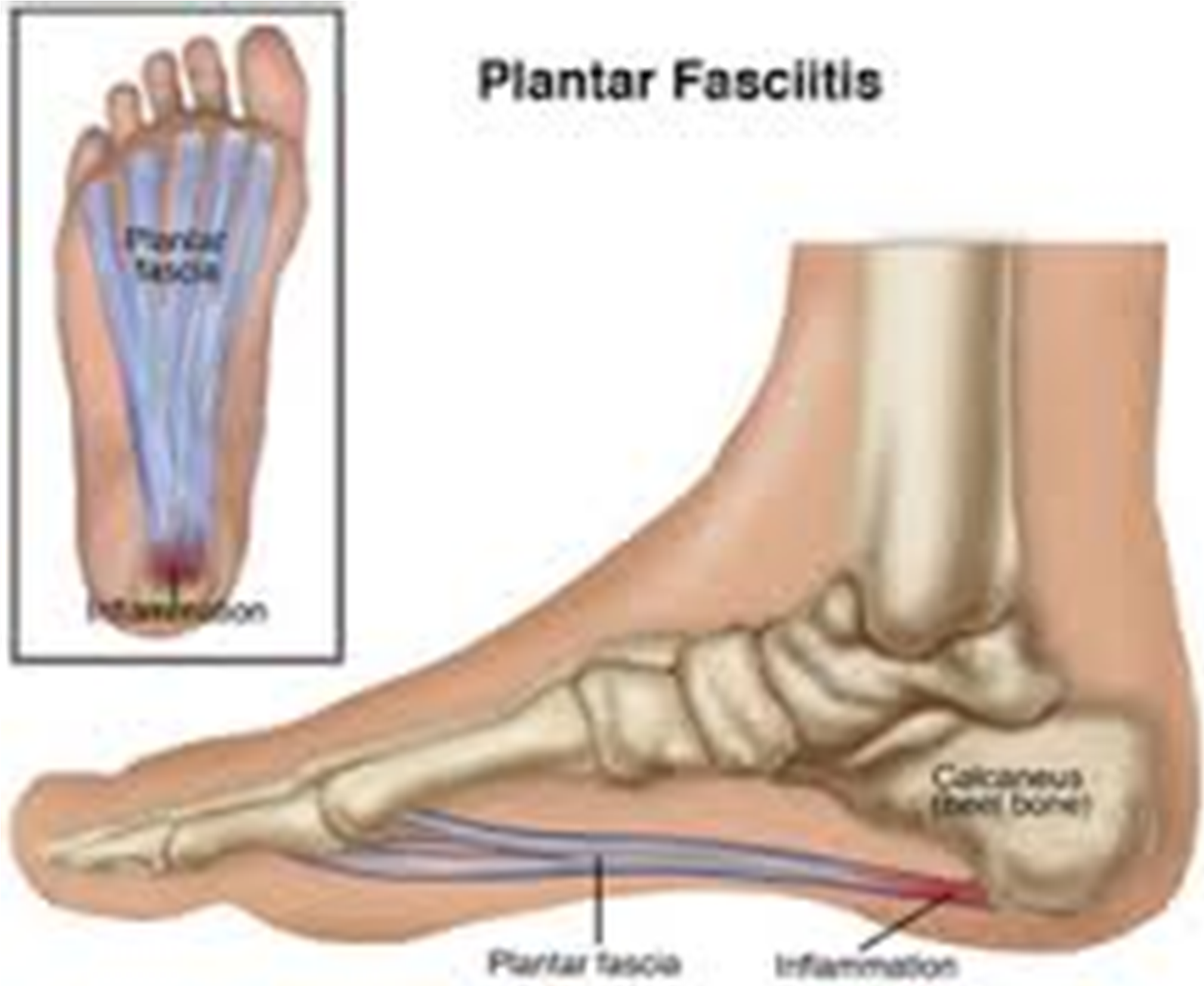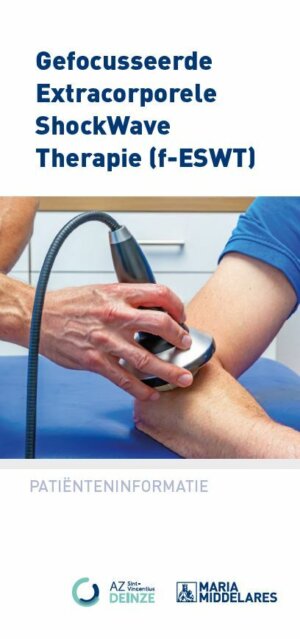Extracorporeal Shockwave Therapy (ESWT)
What is it?
What is it?ESWT or Extracorporeal Shock Wave Therapy is a treatment that uses high-energy shock waves. It has an extensive history as a treatment for kidney stones. It has also been used since the 1990s as part of the treatment for chronic tendon problems. The tendon is the transition from a muscle to bone and is a location where overuse injuries are frequently seen.

How it works
How it works- Pain alleviation effect
- Stimulation facilitates growth factors that can stimulate tendon recovery
- Crushing of calcifications in the tendon
Definitive treatment results can only be assessed after about 3 months. It is a safe alternative to surgery given its efficacy and cost-effectiveness. Furthermore, it does not cause anatomical damage and therefore does not affect any subsequent surgical procedure.
Indications
IndicationsChronic tendon problems where, despite conservative treatment (medication, infiltrations, physical therapy, orthotics, braces, etc.), no favourable evolution is observed.
- Chronic tendon injuries (with or without calcifications):
- Overuse of the shoulder tendon, patellar tendon or Achilles tendon
- ‘Tennis elbow’
- ‘Trochanteritis’, or overuse, of the hip tendons

Other
Other- ‘Heel spur’ or chronic plantar fasciosis
- etc.
Contraindications:
Contraindications:- Growth plate in children at the area to be treated
- Treatment at the level of the rib cage (risk of collapsed lung)
- Bone tumours
Process
Process- Preparation
It is important to not take any anti-inflammatories for up to 6 weeks after the treatment (e.g. Ibuprofen, Voltaren, Aspirin, Apranax, Mobic, Celebrex, etc.).
- Procedure
An ultrasound clearly shows the area to be treated. The ESWT machine will be calibrated. The painful area will be given short shock wave impulses. This is done with a treatment gun or 'treatment head'. An attempt is made to gradually increase the energy of the shock waves, so the patient tolerates the treatment as best as possible. During the treatment, the ‘gun’ is moved over the entire area of the tendon.
A total of 200 shock waves are administered. After treatment, you may immediately use your arms or legs as normal.
- After the treatment
It is possible to feel some pain for a few days after the treatment. If this happens, you may ice the area to help alleviate the pain. Otherwise, if necessary, you can also take pain medicine (Paracetamol, Tramadol, etc.), but these medications should not be anti-inflammatories.
The treatment can be performed for a total of 3 times every 2 weeks. Studies show that this protocol has given the best results.
The final result can only be assessed 3 months after the first treatment. A re-evaluation with the attending physician is indicated for about 6 weeks after the last treatment.
We often also recommend that you combine the treatment with exercise therapy given to you by the physical therapist. Studies show that this leads to an even greater probability of success.
Possible side effects
Possible side effectsComplications are rare and are often mild.
- Temporary increase in pain
- Bleeding
- Localised swelling
Only available in Dutch:

f-ESWT-behandeling
DownloadCost estimate
Cost estimate
Something wrong or unclear on this page? Report it.
Latest publication date: 13/08/2024


